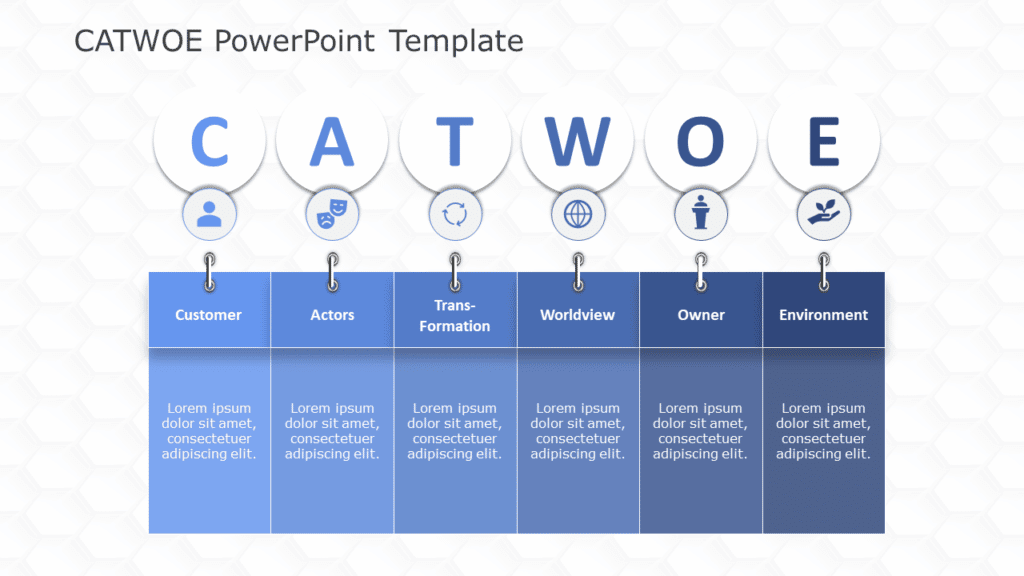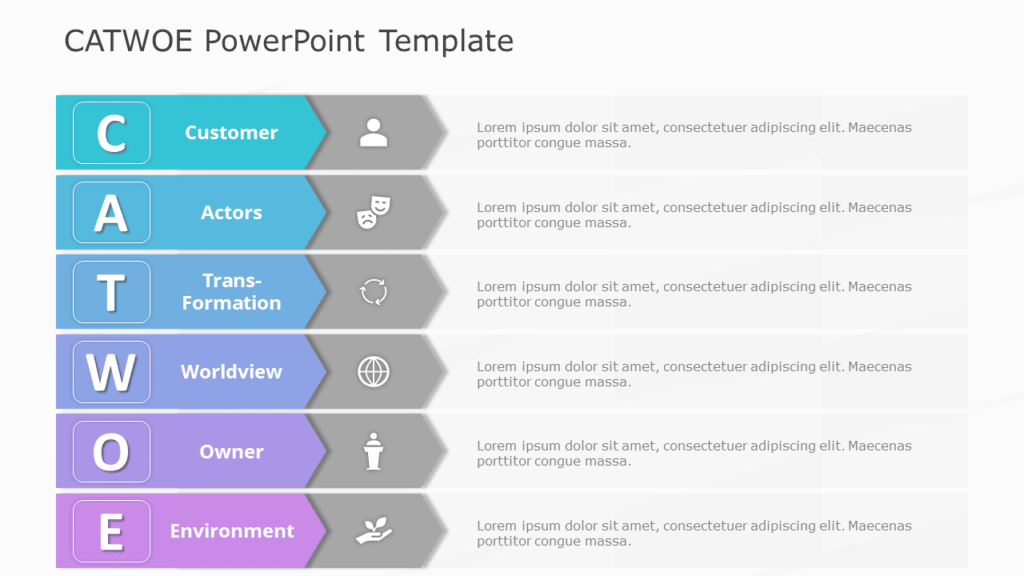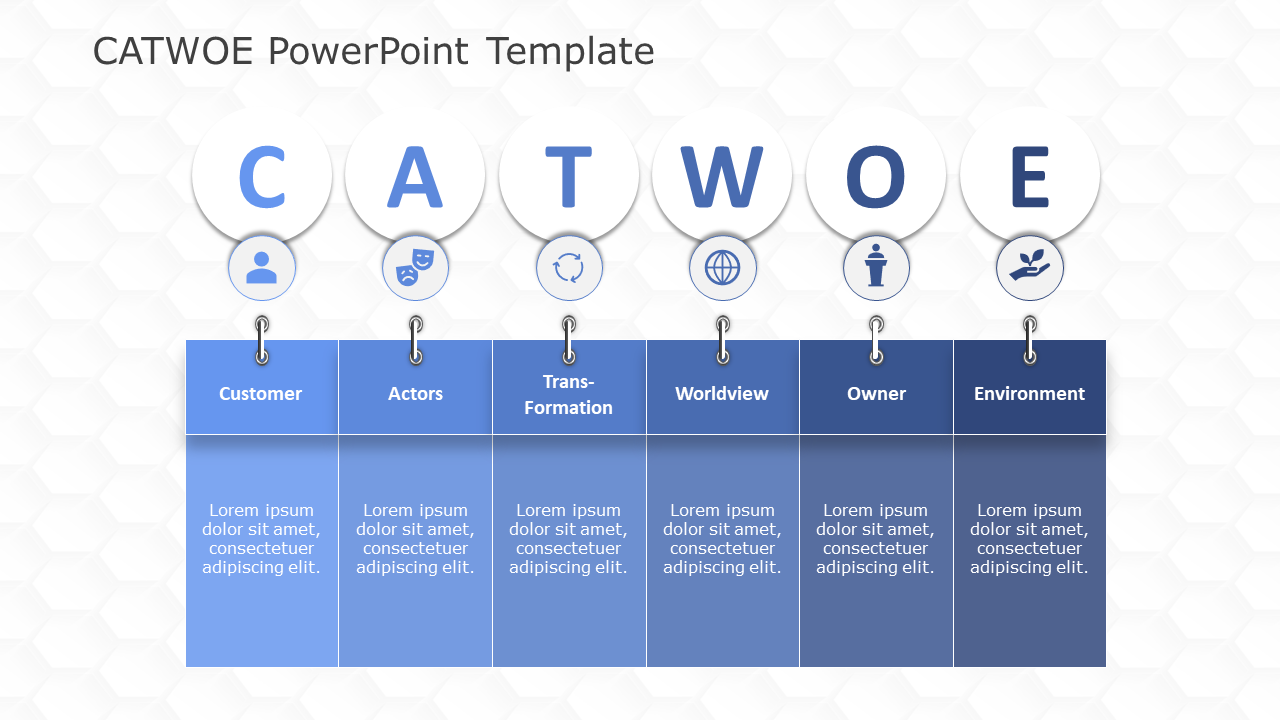What lies at the core of addressing thorny business issues? We believe it is problem-solving.
The most common and difficult obstacle to resolving problems using first principles is defining the problem itself a.k.a “What are we solving for”. Different stakeholders approach the same issue or process from different perspectives in real life.
For example, an investor sees the organizational process that converts raw materials into a commercial product as a way to earn higher shareholder returns; an entrepreneur sees it as a business opportunity, and the local community sees the same process as a way to create jobs.
If the same process experiences losses, the investor may seek to sell the investment, the entrepreneur may start thinking of increasing the topline or reducing the costs, employees, depending on their role may look at levers they can control e.g. increasing prices, etc. The persistence of such perception-based differences makes decision-making and problem-solving difficult.
We’d like to describe the insight into the world of problem definitions in this blog(without planning to solve a particular problem). CATWOE analysis is a solution that aids in problem-solving.
What Is CATWOE Analysis?
CATWOE Analysis is a technique for comprehending a stakeholder’s point of view and the impact that point of view will have on the direction of business intent.
One of the primary reasons for managing stakeholder relationships is to gain an understanding of their opinion before making recommendations or, gaining buy-in on implementing business change.
Discovering the direction each stakeholder believes the organization should take and understanding what the key stakeholders want is critical if the initiative is to be successful.
CATWOE stands for:
- Customer: The person or entity who receives the outputs of the business process.
- Actors: The roles that carry out the business processes.
- Transformation: The primary process via which the results are delivered to the customer.
- World View: The transformation’s fundamental worldview.
- Ownership: The stakeholder’s relative power over the organization
- Environment: The rules and limitations that surround the business
Where Can You Use CATWOE Analysis?
CATWOE Analysis can be used at various stages of the business transformation life-cycle and for a variety of purposes throughout a project, most notably as a means of:
- Understanding a business stakeholder’s point of view
- Examining the source or nature of the conflict between stakeholders
- Taking into account the various priorities assigned to options, needs, or requirements by stakeholders
- Creating a business activity model to use for gap analysis
Why Should Businesses Use CATWOE Analysis?
Typically, business stakeholders will have great ideas about the organization’s direction, the requirements that must be addressed, the opportunities for improvement, and the strategies that must be implemented.
However, these perspectives are shaped by their concerns, beliefs, values, and priorities. This lens frequently serves as the foundation for strongly held beliefs from which deviation is difficult.
Failure to consider these points of view can lead to serious problems later in the project, as any differences of opinion can turn into conflicts. This can be seen in the placement of competing priorities on business requirements or even the emergence of competing requirements.
Before embarking on any project, we frequently do not know where to begin. A preliminary analysis of problems could be the first link in the chain that leads to a successful project.
After conducting CATWOE analysis, you can easily begin creating a project brief template and systemizing all of the requirements. You can use effective online Gantt charts for project management to visualize the project’s progress and all of the necessary tasks.
How To Use CATWOE Analysis For Problem-Solving?
The CATWOE is used to investigate the system by highlighting the core processes converting inputs into outputs. This can be accomplished by defining the six elements listed below.
C: Customers
When making business decisions, you should always consider whether the actions will have an impact on your customers. For example, Walmart, which was known for its low prices, gradually increased its prices. Can you guess what happened?
As you might have imagined, it did not go as per the plan as the public started hating this decision. It was met with opposition, and they were forced to re-price their items, eventually returning to lower prices. Another example is Netflix, which attempted to raise its prices but was met with such public outrage that it issued an apology and changed its prices. Both these situations impacted the company’s reputation, seemed myopic in hindsight, and could have been avoided by keeping the core customer needs at the center of decisions.
A: Actors
Actors are the key people who will participate in as well as be impacted by the consequences of your company’s decisions. You will need to take a look at your team and build the cast of actors that you can employ for different projects.
This can assist you in determining who should be in charge of which areas. When Facebook began to grow, its CEO, Mark Zuckerberg, knew he needed to hire the right people to help implement (make) changes. He chose people with strong leadership skills, such as Sheryl Sandberg, a motivational speaker, a successful author and writer, and therefore a powerful actor.
T: Transformation Process
Whenever you make a decision that affects your business, you must consider which processes will be affected. Inquire about the processes that will be impacted as well.
Every decision you make will have an impact on another aspect of your business.
W: World view
You must consider the larger picture; therefore, you must ask,
What is the big picture, and who are we impacting?
What problems may occur/recur as we pursue new ideas?
What effect will this have on consumers in the long run?
When Shell Oil, for example, has an oil spill, it cannot simply take a transactional view of the situation. They must clean up the oil spill and raise public awareness. That means they must ensure that all wetlands are cleaned up and that all animals in the affected areas are cleaned of excess oil. They want the public to know that they will act. Because their oil spills affect all wildlife and surrounding areas, they must act quickly to protect their business.
This will require a lot of brainstorming and different types of problem-solving skills from you and your team. Because you want to ask yourself these different questions from various perspectives, you can figure out whether or not you should make different decisions and why.
O: Ownership
When you think of the owner, you’re thinking of a specific party and accountability as well as responsibility. You want to know who will be held accountable for the situation you’re looking into. You also want to know who will be involved in finding a solution. When you look at your staff, key people emerge, and you can use their involvement to help you make decisions.
E: Environmental Constraints
You must consider who will be impacted by any decision made by your company in terms of the environment. You need to know who will be impacted by limitations or constraints and any impact the solution may have on how well the project will succeed.
Taking another example of Walmart – they first began to open stores around the world, they chose to locate them in areas of Mexico where small mom-and-pop shops already existed. Small bodegas and stores were unable to compete with Walmart’s low prices and were forced to close.
While this was good for Walmart because it meant they had all of the business in those areas, it had a negative impact on the neighborhoods. They were laying off people, which drew a lot of criticism. People began to complain about Walmart and that drove a lot of negative perceptions about their tactics for driving local, smaller competitors out of business.
Best CATWOE Templates For Your Business Needs

CATWOE Template
Source: CATWOE PowerPoint Template by SlideUpLift

CATWOE Analysis
Looking For Powerpoint Design Agency?
Call Pursho @ 0731-6725516
Telegram Group One Must Follow :
For Startups: https://t.me/daily_business_reads
#Key #Problem #Solving #CATWOE #Analysis #Answers






